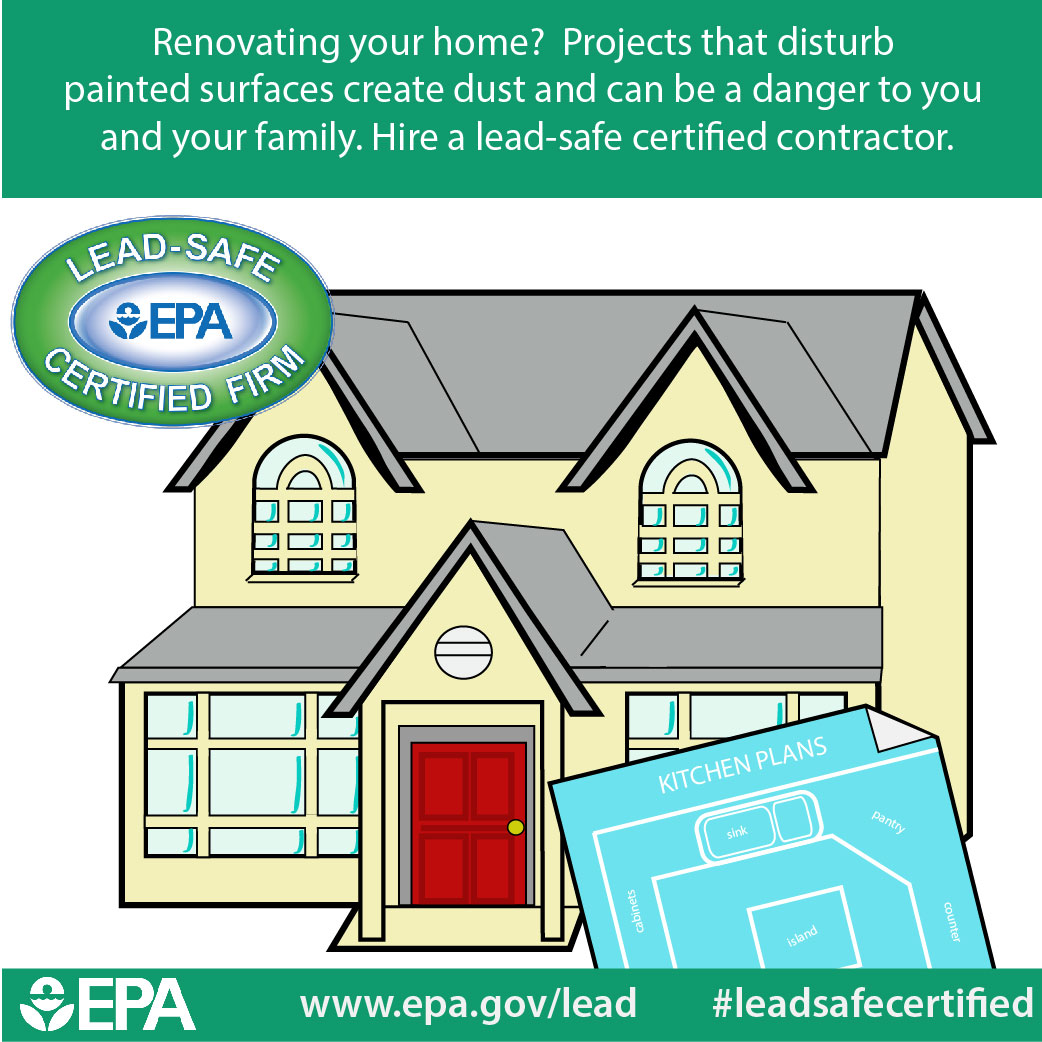When you're intending an industrial outside paint task, seasonal variables can make or damage your results. You'll want to consider how temperature and moisture effect paint application and drying times. Choosing the ideal season can ensure your paint sticks effectively and lasts longer. But which seasons are genuinely the very best for this kind of job? Let's discover the crucial elements that can impact your project's success.
The Impact of Temperature Level on Paint Application
When you're intending a business external paint project, the temperature level can dramatically affect just how well the paint adheres and dries out.
Preferably, you wish to repaint when temperatures range in between 50 ° F and 85 ° F. If it's too cool, the paint might not heal appropriately, bring about concerns like peeling off or fracturing.
On the other hand, if it's too warm, the paint can dry out too quickly, protecting against appropriate attachment and resulting in an unequal finish.
You ought to also consider the time of day; early morning or late afternoon supplies cooler temperature levels, which can be much more beneficial.
Always examine the maker's recommendations for the certain paint you're using, as they frequently provide assistance on the excellent temperature level array for ideal outcomes.
Humidity and Its Result on Drying Times
Temperature level isn't the only environmental variable that influences your commercial outside painting job; moisture plays a considerable role too. High humidity levels can slow down drying out times considerably, impacting the overall quality of your paint job.
When the air is filled with wetness, the paint takes longer to heal, which can bring about issues like inadequate attachment and a higher threat of mold growth. If you're painting on a particularly damp day, be planned for extended delay times between layers.
It's important to check local climate condition and plan as necessary. Ideally, go for humidity degrees in between 40% and 70% for ideal drying out.
Keeping these factors in mind guarantees your task remains on track and provides a lasting finish.
Best Seasons for Commercial Exterior Painting Projects
What's the most effective time of year for your commercial exterior paint tasks?
Springtime and early fall are normally your best choices. During these seasons, temperature levels are light, and moisture levels are commonly reduced, creating optimal conditions for paint application and drying out.
Prevent summer season's intense heat, which can create paint to completely dry also swiftly, leading to poor adhesion and coating. Similarly, winter season's chilly temperature levels can impede proper drying and treating, taking the chance of the long life of your paint job.
https://independentpaintersnearme43108.blogsidea.com/41504145/just-how-to-obtain-the-best-results-from-your-paint-company for days with temperature levels in between 50 ° F and 85 ° F for ideal outcomes. Keep in mind to examine the regional weather forecast for rain, as damp problems can ruin your project.
Preparation around these elements ensures your paint project runs efficiently and lasts longer.
Verdict
In conclusion, preparing your industrial external painting projects around seasonal factors to consider can make a significant distinction in the end result. By organizing work throughout the excellent temperatures and humidity levels, you'll guarantee much better adhesion and drying out times. Keep in trim painting service to watch on local weather report and select the correct time of year-- springtime and early loss are your best choices. Taking these actions will assist you accomplish a resilient and professional coating that lasts.
